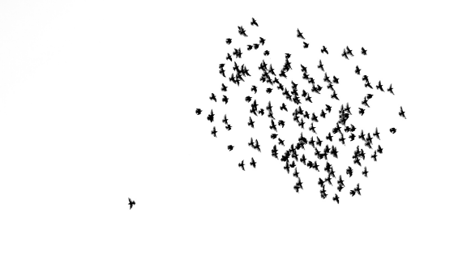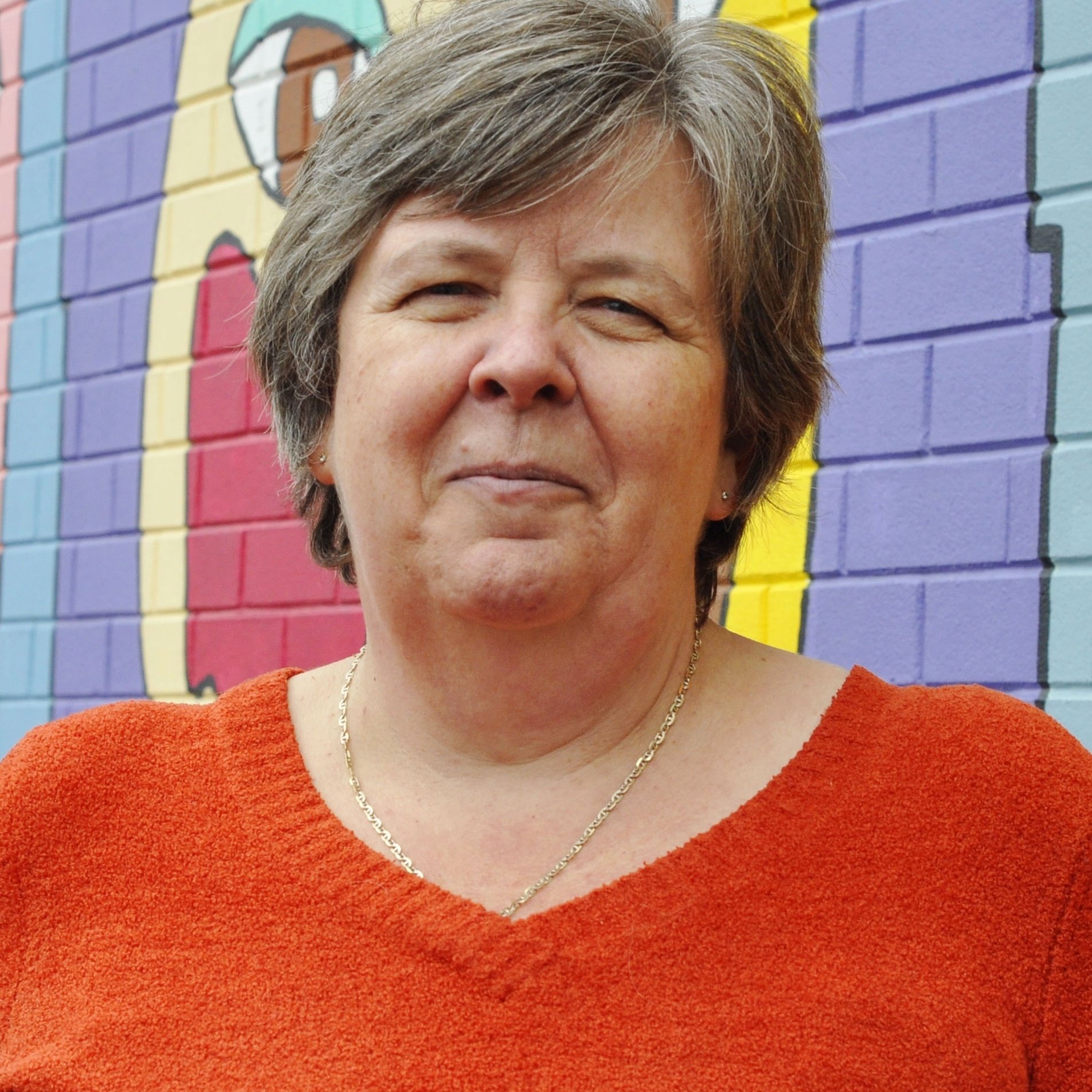 Tamarack recently hosted a conversation with Cameron Norman, Principal and President at Cense, about the power of individuals to shift systems. Norman, in a recent blog post, described a way of navigating complex systems by focusing on the smallest visible system.
Tamarack recently hosted a conversation with Cameron Norman, Principal and President at Cense, about the power of individuals to shift systems. Norman, in a recent blog post, described a way of navigating complex systems by focusing on the smallest visible system.
In focusing on this small visible system, you need to pay attention to what is going on in the system. You want to look for patterns, trends, and other observations that might uncover the coherence in the systems and be relevant to your ability to act or shift elements within the system. You also want to build time in for meaning or sense-making. How are the elements in the system working together or not and what does this mean? Norman suggests that you look for coherence, opportunities for intervention and then act.
This notion of engaging with the smallest visible system makes sense because we can often become overwhelmed by both the enormity and complexity of larger systems. A good example is considering how to move the needle on poverty. At the systems level, there are many interventions, actors, pathways, and ways of understanding the experience of poverty. While there are entry points into this larger system, they sometimes seem opaque and are like doors which open and close in different sequences. If you miss the sequence, you miss the opportunity to have a systems impact.
Tamarack, in tackling the issue of poverty, built their approach by focusing on smaller visible systems. Using a place-based approach, they supported the development of leadership roundtables to focus on the impact of poverty in a local community. These community-based roundtables were designed to pay attention to how poverty was expressed locally and by using data, stories and trends, began to understand the coherence of poverty in the community and influence the local system by building strategies to address poverty at a more micro-scale.
With the event of the COVID-19 pandemic, most of us have been thrust into spending time in smaller visible systems quite dramatically. Rather than entering a workplace with hundreds of employees, our online teams have become smaller and more intentionally focused. We are more contained in smaller family units and probably have spent more time over the last few months with fewer people in focused conversations.
These smaller visible systems have led to positive outcomes including more connection and more focus. Some perverse outcomes have also emerged resulting from the stress we feel about not being able to influence the largest visible system, the pandemic. The unknowable nature of the pandemic has shaped our mental health, our relationships, and in some cases, our ability to navigate this complexity.
Rather than freeze, many individuals and communities have responded through collective action or care-mongering. This is where citizens are coming together in purposeful action to support one another. They are naturally clustering in their smallest visible systems to respond and act.
How can we benefit from focusing on the smallest visible system in the short term? Vibrant Communities Cities Reducing Poverty recently published Cities Reducing Poverty: Responding to COVID-19, a report about how their local networks were responding to the pandemic. From these locally focused stories, patterns began to emerge. Focusing on small visible systems enables us to take action immediately because it is closest to us. But looking at the patterns emerging from small visible systems change gets us prepared to purposefully nudge forward larger-scaled change too.
Diving Deeper:
- Listen to The Power of One Webinar with Cameron Norman
- Visit Cense to learn more Cameron Norman
- Read the Cities Reducing Poverty: Responding to COVID-19 report
- Read Collective Impact Post-Pandemic: A Framework for Response, Recovery and Resilience





